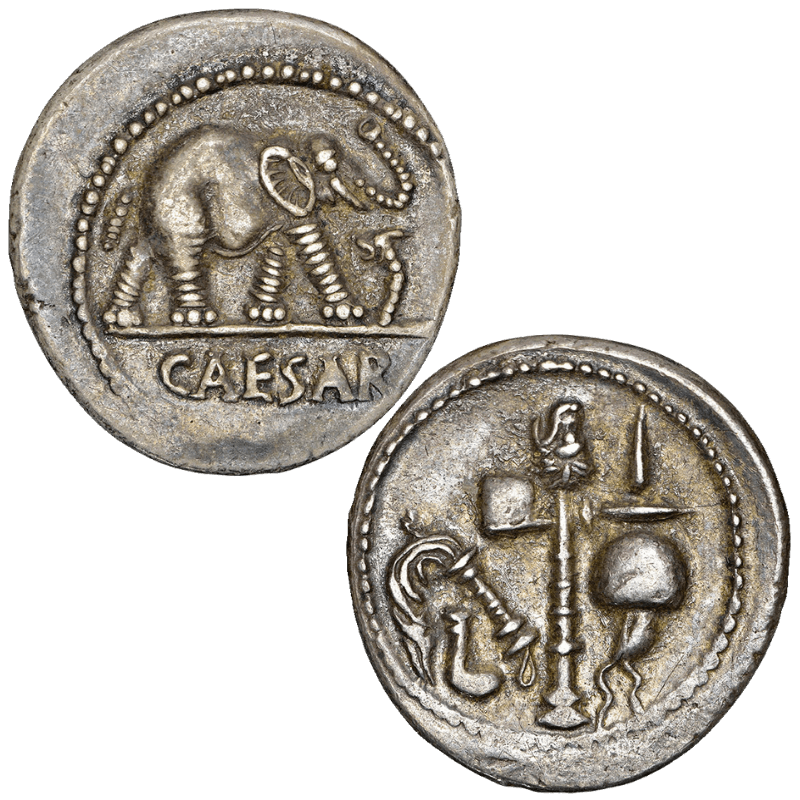The Evolution of Trading
(Historical Trading Strategies)
1. Barter System (Prehistoric to Ancient Civilizations)
Prior to the invention of money, people traded goods and services directly. A blacksmith's tools could be exchanged for grain by a farmer. Barter was limited by the requirement for a "double coincidence of wants," even if it worked well in tiny towns.
2. Introduction of Currency (7th Century BCE)
By giving metals a predetermined value, the Lydians in what is now Turkey established one of the earliest official currency currencies, simplifying commerce. Long-distance trade routes and early markets were made possible by this invention.

3. Emergence of Stock Exchanges (16th–17th Century)
Founded in 1602, the Amsterdam Stock Exchange is regarded as the first formal stock market in history. It laid the groundwork for contemporary equities markets by permitting the trade of Dutch East India Company shares.

4. Rise of Electronic Trading (1970s–1990s)
Trading floors became digital hubs with the advent of computers and electronic communication networks (ECNs). The NASDAQ automated order matching and execution, making it the first computerised stock market.
Historical Trading Strategies
Over the years, trading techniques have changed in response to market behaviour, economic theories, and technological advancements.
Buy and Hold (18th Century–Present)
This approach, which was made popular by early stock markets such as the Amsterdam Exchange, entails buying stocks and keeping them for a long time with the conviction that markets will eventually increase.
Technical analysis, which has its roots in the Dow Theory, forecasts price changes using charts and patterns. It became increasingly popular among traders in the 20th century.
Quantitative Strategies (Late 20th Century–Present)
As computers became more advanced, trading choices started to be dominated by mathematical models. The foundation for today's algorithmic trading was laid by early quant companies such as Renaissance Technologies.
Market Making (Early 20th Century)
In the early days of stock exchanges, specialists and dealers made money by offering liquidity and generating spreads between bid and ask prices.
Historical Trading Strategies and Quotes from Famous Traders
Value Investing – Warren Buffett

Strategy: Invest in cheap stocks and keep them for a long time. Pay attention to a company's inherent worth rather than its marketing gimmick.
Quote: The stock market is designed to transfer money from the Active to the Patient.
Risk Management – Paul Tudor Jones
(Historical Trading Strategies)
Strategy: Take every precaution to safeguard your capital. Never take on too much risk in a single trade.
Quote: Don’t focus on making money; focus on protecting what you have.
Strategy: Study price action, patterns, and volume to predict market moves.
Quote: The big money is not in the buying or the selling, but in the waiting.
Rakesh Jhunjhunwala's Historical Trading Strategies: The Big Bull of India
Rakesh Jhunjhunwala, often referred to as India’s Warren Buffett, was not just an investor—he was a market visionary. Starting with just ₹5,000 in the 1980s, he grew his wealth into billions, becoming a legend in Indian stock markets. His success was built on a unique blend of value investing, market timing, and deep conviction



